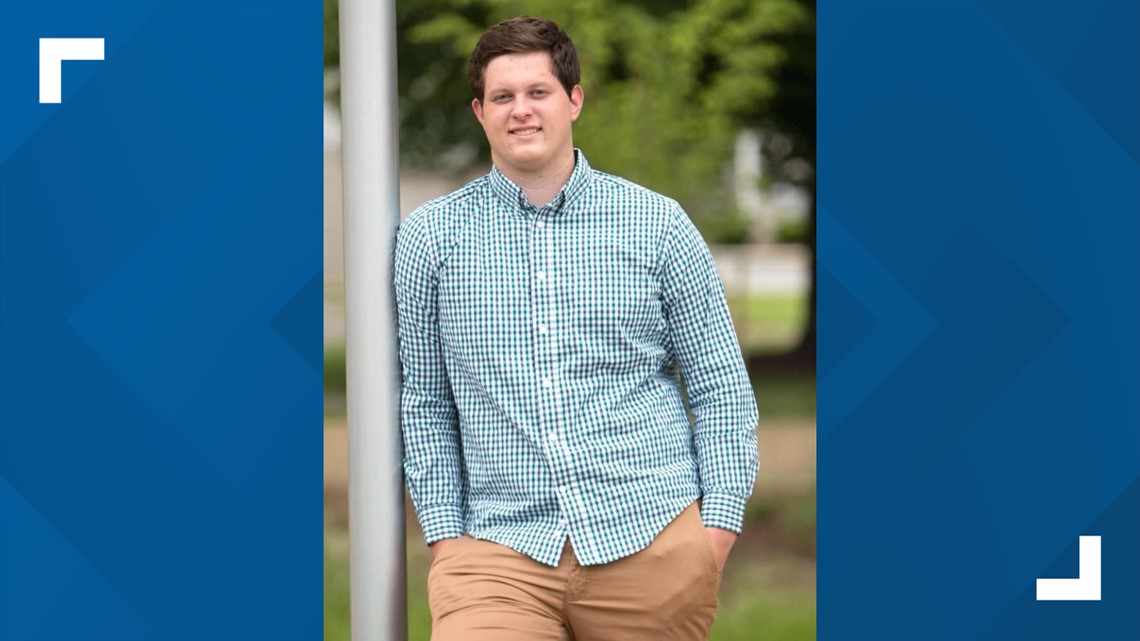Booter
Army.ca Veteran
- Reaction score
- 2,138
- Points
- 1,010
If you’re not uvalde police, and they are ahead of you- there has to be a period where the other agencies have to observe and understand the failure to act before they can adjust.
Like if I went into the school and saw cops hanging out having a hand sanitizer fight- my first thought would be that the pressure was being applied to the shooter from a different place- that I am at the backstop.
It wouldn’t make any sense to stumble onto this mess. I’ll say there were cowards probably twenty deep- creating something the other cops didn’t even understand when they were looking at it.
I was coordinating an armed robbery response at a bank many years ago where I was I’m going to say three steps away from being in charge- not the agency handling the event. I arrived on their scene, observed gaps- filled them, started my process and it took a long while to get myself actually linked in with the guy “running” things. It wasn’t until we go set up that I realized that they had let cars squirt and had lost the plot. A quick re-org and we took the vehicle down off the incident,
It’s not the same thing- but it reminds me that even my podunk multi agency Ops were complete fire sales, 400 cops, two hallways, chaos? Get out of here. If someone doesn’t have the leash it’s a going to be lunacy. It’s very confusing when you realize that your multiple stages in and no one is on the wheel.
It just makes me conservative maybe
But you guys know
All that’s stuff too: and I agree with you. It’s crazy the size of the failure this is
Like if I went into the school and saw cops hanging out having a hand sanitizer fight- my first thought would be that the pressure was being applied to the shooter from a different place- that I am at the backstop.
It wouldn’t make any sense to stumble onto this mess. I’ll say there were cowards probably twenty deep- creating something the other cops didn’t even understand when they were looking at it.
I was coordinating an armed robbery response at a bank many years ago where I was I’m going to say three steps away from being in charge- not the agency handling the event. I arrived on their scene, observed gaps- filled them, started my process and it took a long while to get myself actually linked in with the guy “running” things. It wasn’t until we go set up that I realized that they had let cars squirt and had lost the plot. A quick re-org and we took the vehicle down off the incident,
It’s not the same thing- but it reminds me that even my podunk multi agency Ops were complete fire sales, 400 cops, two hallways, chaos? Get out of here. If someone doesn’t have the leash it’s a going to be lunacy. It’s very confusing when you realize that your multiple stages in and no one is on the wheel.
It just makes me conservative maybe
But you guys know
All that’s stuff too: and I agree with you. It’s crazy the size of the failure this is





